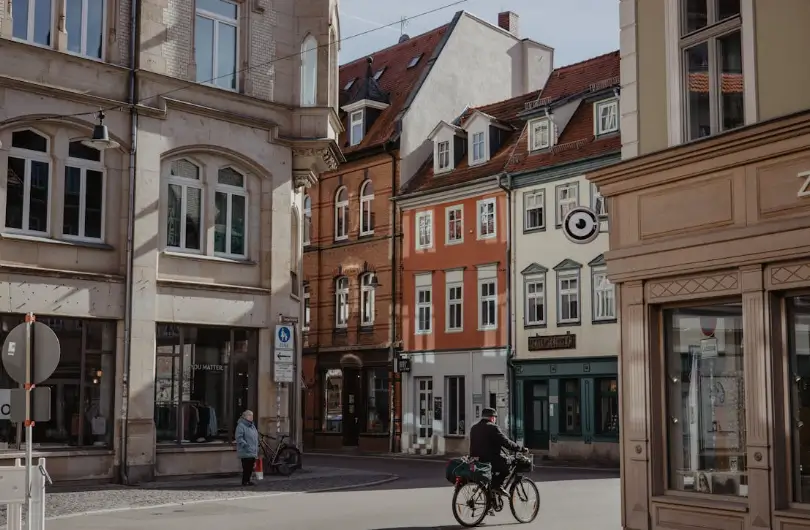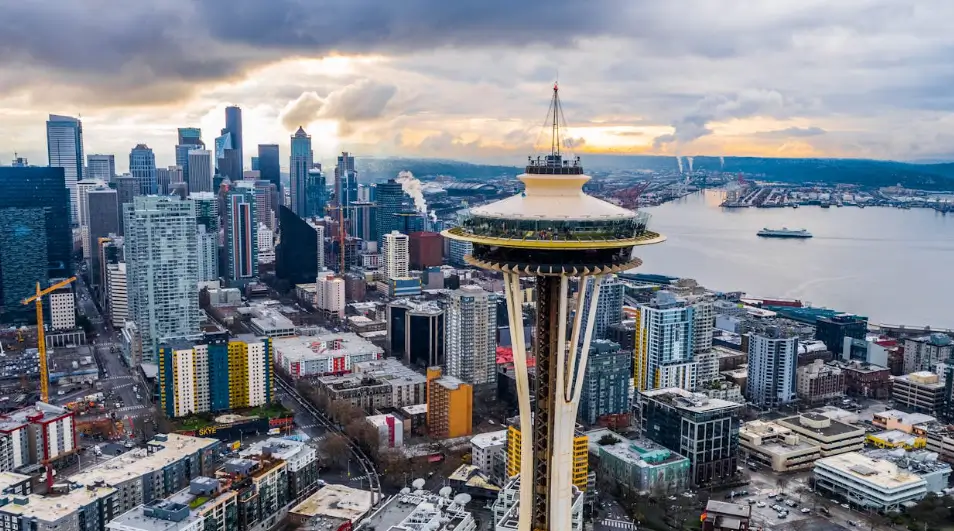Your Voice Matters (Even When They Act Like It Doesn’t)
Public meetings don’t exactly have a reputation for being welcoming.
If you've ever sat through a four-hour zoning meeting, you know the drill. The mic doesn’t work, and the jargon flies. And if you're not already part of the process, or a frequent flyer at City Hall, it can feel like there’s no space for you. But here’s the thing: development decisions made today will shape our neighborhoods for decades. And right now, far too many people are left out of those decisions.
You shouldn’t have to be a policy expert or own property to have a say in what gets built on your block. You just have to live there. Or work nearby. Or care about the community.
That’s enough.
Development isn't neutral. It affects who can afford to live here. Whether there’s a grocery store in walking distance. How safe it feels to cross the street. What happens to the tree canopy when a new building goes up. And whether people who’ve lived in a place for generations still feel like they belong.
When only the loudest or most connected voices shape development, the result is predictable: new projects get watered down, blocked, or reshaped to meet the comfort of the few, not the needs of the many.
So why don’t more people show up?
Because the process wasn’t designed for them. Public hearings are often held at times that conflict with work schedules or childcare. Materials are rarely translated. Planning documents read like legal contracts. And even when people do make the effort to show up, they’re often dismissed as emotional, uninformed, or off-topic.
Which is hilarious because the people who live in a place are usually the ones that know what it needs. It makes sense, right? They know where the sidewalk ends. Which bus routes skip their neighborhood. How much the rent has gone up. Where the trees were cut down. And where the light stays on too late, or not at all.
That kind of knowledge gets treated like simple anecdotes, but in reality, that's a data gold mine. The kind of data that rarely makes it into planning reports but absolutely should.
Public participation, when done right, makes development better. Plans that include diverse voices are more likely to reflect the real needs of the community. They help planners spot problems early, avoid costly opposition later, and build projects that actually serve the people they’re meant to serve.
In fact, research from the Urban Institute has shown that meaningful community engagement leads to stronger policy outcomes, longer-lasting neighborhood stability, and increased trust in local institutions. Their studies have documented how engagement efforts improve everything from transportation access to affordable housing policy.
So how do we do it better?
We start by acknowledging who’s been left out. Renters. Young people. People with disabilities. Immigrants. Low-income residents. People working two jobs who don’t have time to read a 200-page staff report or attend a 3 p.m. hearing.
Then we shift the burden. We stop asking people to come to us and start bringing the process to them. That means holding meetings in neighborhoods, not just City Hall. Offering child care and food. Creating online options. Using plain language. Listening more than we speak.
And we reimagine what participation looks like. It’s not just a public comment period. It’s co-creation. It’s small conversations. It’s surveys, art projects, school visits, bus stop flyers, WhatsApp group chats, and trusted community leaders serving as connectors. It's making planning feel less like a courtroom and more like a conversation.
Real participation is about power, and when power is shared, development gets better. Not just for the few who always show up, but for the many who’ve been told, implicitly or otherwise, that they don’t belong in the room.
If you’ve never been to a planning meeting, that’s okay. But know this: your lived experience is valid. Your neighborhood observations are valid. Your hopes for your community are valid.
Up Next: How to Survive a Public Meeting: A Planner's Guide
%20(1200%20x%20237%20px)%20(300%20x%2059%20px).webp)





